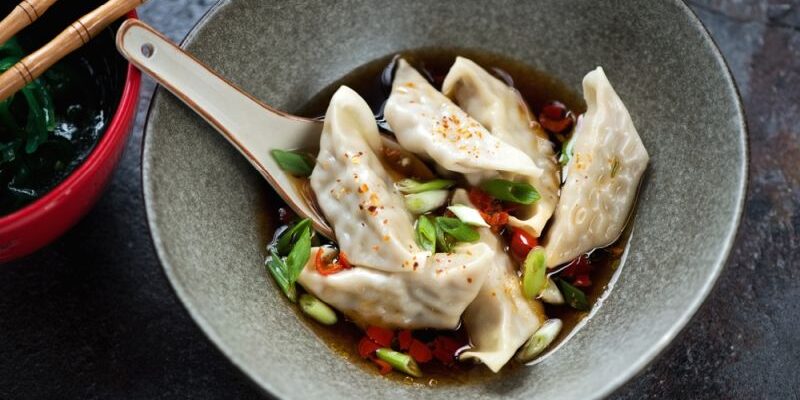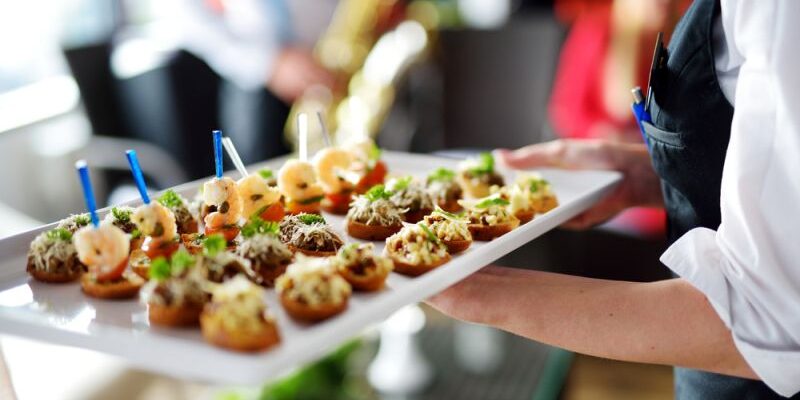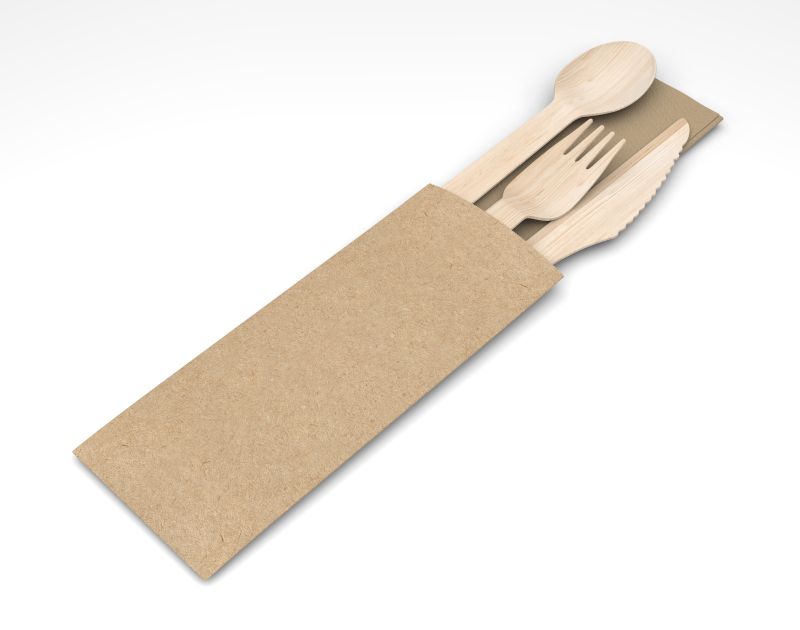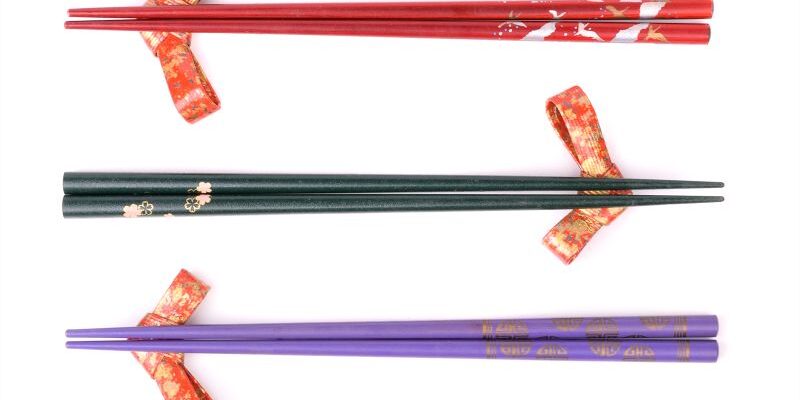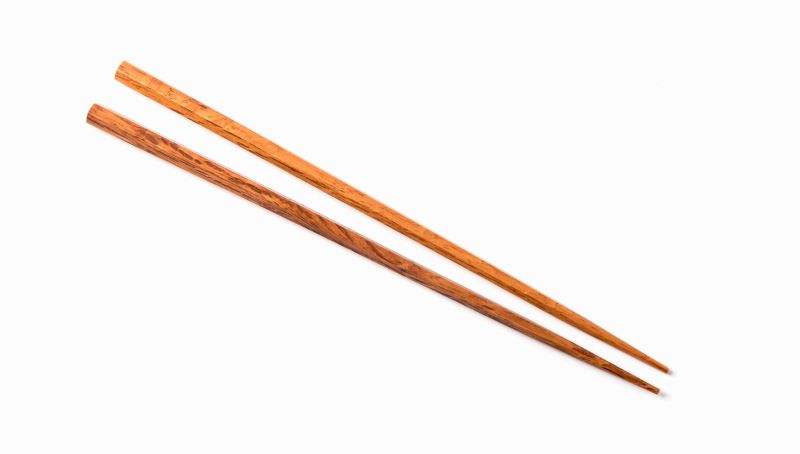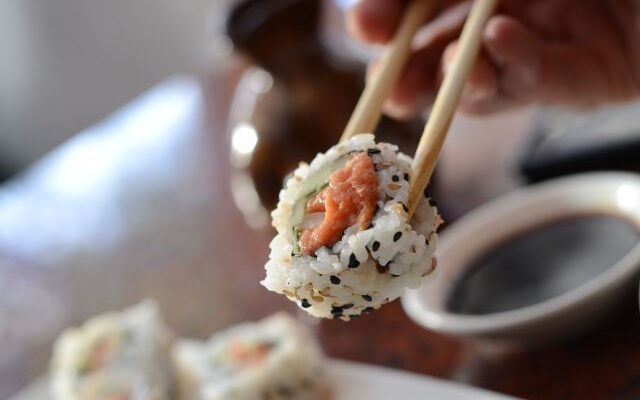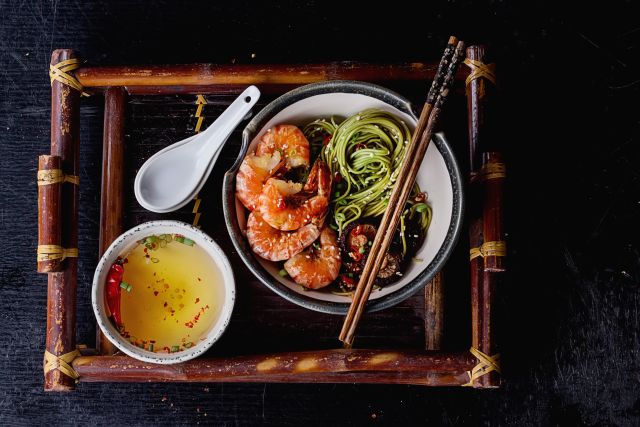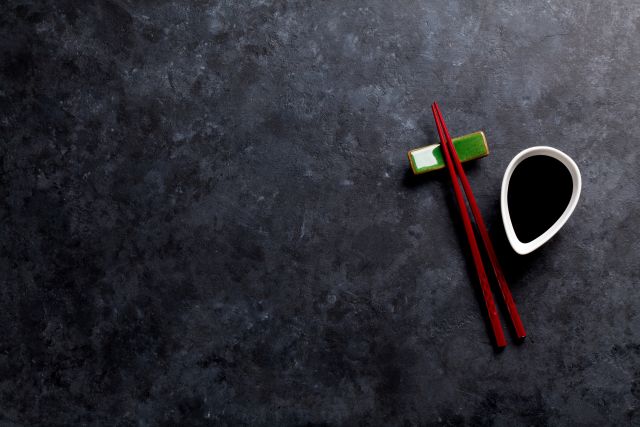No other food culture in the world is growing faster than the various cuisines available in Asian nations. From 1999 to 2015, the demand for Asian cuisine increased by nearly 500 percent. Chinese food ranks number one in favorite Asian foods in America. However, delicious culinary traditions from other nations are quickly gaining popularity.
Today, Japanese culinary staples like rich bowls of ramen and intricate, refreshing sushi rolls dominate restaurant and home cooking trends. Bowls of poke, native to Hawaii, are one of the newest healthy food fads sweeping the nation. It is now commonplace to enjoy peanut-forward pad thai or customizable bowls of Vietnamese pho in large cities and suburban neighborhoods.
Each cuisine uses similar bowls and spoons to deliver its food, but slight nuances exist within its design and utilization. Whether you are enjoying some miso soup or chicken feet, exploring these subtle differences in Asian bowls and spoon sets will enhance your eating experience.
How To Use an Asian Soup Bowl and Spoon Set
The rising popularity of Asian food culture introduces fascinating new cooking techniques, delectable ingredients, and handy tools. Of these tools are Asian soup and bowl sets. Every Asian culinary tradition uses some form of Asian soup bowl and soup set to enhance the flavor combinations of these spectacular authentic dishes.
Most of the time, the design and use of bowls remain very similar across recipes and cultures. For the purpose of this article, we will discuss the various spoons often paired with rice, ramen, and serving bowls.
Spoons, alongside chopsticks, rank as one of the most essential utensils in Asian cooking. Unlike their American counterparts, Asian spoons are larger. Due to their size, they demand a new eating strategy to avoid embarrassing messes.
It is appropriate to hold a Chinese or Japanese renge spoon like a smaller American spoon. To fully take advantage of the spoon design, you can rest your index finger in the ditch of its curved handle. Holding the spoon this way provides the most secure grip, especially for beginners.
Now that you know how to hold the spoon, you are ready to eat with minimal mess. In addition to the spoon grip, here are a few approved ways to eat with an Asian soup bowl and spoon set:
- Sipping broth from the soup
- Assisting chopsticks
- Politely removing waste products
Sipping Broth
When sipping broth from hot and sour soup or pho, pour the liquid from the very tip of the spoon into your mouth. It is also appropriate to drink the broth from the side of the spoon, similarly to using an American spoon. Never slide the entire spoon into your mouth, as it is too large to do politely in public.
An eating habit often seen in Asian cuisine is adding a little heat. However, the key is to not overpower or dilute the existing spice within the broth. To do that, use your Chinese spoon to hold your chili oil or preferred spicy ingredient. Hold your spoon above your bowl and dip your noodles or meat into it. This popular technique in Hong Kong and China ensures you do not overpower or dilute your broth.
Assisting Chopsticks
Many Asian dishes incorporate abundant vegetables, herbs, and starches within a flavorful broth like pho, ramen, tom kha gai, and hot pot. These popular multi-layered, robust entrees often require a flat-bottomed spoon and chopsticks to eat.
These wide, flat-bottomed spoons provide the perfect basin to build the perfect bite. Using your chopsticks, start assembling your spoon by picking and choosing morsels to stack onto your spoon. Next, use your chopsticks to bring the food from the spoon to your mouth.
While it may seem awkward or impolite, it is common for diners to use chopsticks to slide a pile of noodles, vegetables, and herbs from these large spoons into their mouths.
Polite Removal of Waste
Many Asian cultures eat delicacies like chicken feet or other unpopular, bony parts of animals. Chicken feet remain popular in Vietnam, the Philippines, Korea, and especially China. These foods often leave bones and other unchewable items behind.
A Chinese soup spoon provides an elegant way to remove the residual bones from your mouth. Discreetly slide the bones from your mouth back onto the spoon and leave it on the plate.

Importance of Asian Soup Bowl and Spoon Sets in Asian Cuisine
While most people think of chopsticks first, spoons are a far more versatile and widely-used utensil in Asian cuisine.
China
The earliest appearance of spoons in Chinese culture dates back to the Shang Dynasty from 1766 to 1122 B.C. Some artifacts feature a sharp edge, indicating they were for soup sipping and cutting.
As Chinese cuisine developed and changed, spoons remained an essential utensil and underwent their evolution. The earliest artifacts were bone or bronze. Today, Chinese spoons are ceramic or plastic, which keep the handles cool when submerged in hot liquids.
Be sure to sip your soup quietly or use the Asian soup bowl and spoon set to assist chopsticks while eating. While some places welcome slurping, it is not polite to make unnecessary noise while eating in Chinese society.
Japanese
The Japanese soup spoon is called chirirenge, often nicknamed “renge.” A renge gets its name from the iconic lotus flower in Japan. The literal translation of chirirenge refers to a lost petal of the lotus flower and evokes the curved shape of the renge spoon. Many Asian soup bowl and spoon sets sold carry the renge style.
The shape of renge spoons appears virtually the same as a Chinese soup spoon. Some varieties include a ridge in the spoon handle to help the utensil rest easily on the side of huge bowls of ramen. A specialized renge used for miso soup may feature a slotted bottom to allow the broth to run through, leaving behind succulent kernels of corn.
Diners commonly use renges for sipping broth and assisting chopsticks for ramen, which often features hard-boiled eggs, slices of roast pork, seaweed, and noodles. A wide renge effectively corrals all of these ingredients into one spectacular bite.
Unlike the Chinese, slurping is welcome and encouraged in Japanese food etiquette. Believe it or not, some think it is rude not to slurp your ramen and may believe it indicates displeasure in your meal.
A renge is the dominant Japanese soup spoon you will encounter. However, you can use an otama for ramen or udon and soba noodle dishes. Otamas are wooden spoons featuring a long, cylindrical handle and a wide, round serving end. An otama resembles a ladle more than a spoon and is uncommon to use.
Korean
In Korea, eating tools are called sujeo, which commonly feature flat, metal chopsticks and a long-handled, shallow spoon. Spoons are featured in sujeo sets because Korean food culture believes soups or stews are essential components of a well-rounded meal.
Both pieces of the sujeo Asian soup bowl set feature distinctly-shaped utensils. The spoon and chopsticks are metal and feature shorter, flatter handles than eating tools in other Asian cultures. The spoon shape is a unique teardrop and often a separate piece of metal from the handle.
The Korean spoon design is very different from the fluid, one-piece form we see in Chinese cuisine. Unlike its Chinese counterpart, you will not see much evolution in Korean eating utensils because Korean food favors quick meals and small portions. Little time is spent on manipulating Korean sujeo.
In Korea, holding both eating utensils in one hand is rude. However, like in Japan, slurping is welcome during Korean meals.
Thai
All other Asian food cultures on this list will combine a spoon and chopsticks for efficient eating. However, in Thailand, traditional diners eat with a spoon in their right hand and a fork in their left hand. Chopsticks rarely appear in traditional Thai meals.
In 1870, a member of Thai royalty left the island for the first time in its history. This exploration brought back several innovations, including adopting spoons and forks for eating. Previously, Thai people ate with their right hands while seated on the floor.
The spoon ranks as the primary utensil in Thai food culture and is the tool that does nearly all of the work during a meal. Forks push food onto the spoon but never enter the mouth in Thailand.
Thai cooking also features a traditional Asian soup bowl set. When ordering dishes like Tom Yum or Tom Kha in a restaurant, they may arrive in a donut-shaped serving bowl with a lid and a Sterno fuel or tea candle in a tray. This mini stove setup is ideal for evenly heating delicate soups.
Conclusion
Every Asian food culture contains so many fascinating facets to explore, including many more traditions not included in this list. Asian soup bowl and spoon sets uniquely assist the enjoyment of these flavorful dishes. Be sure to investigate how these utensils work and the proper etiquette when using them in your next Asian cuisine experience.
